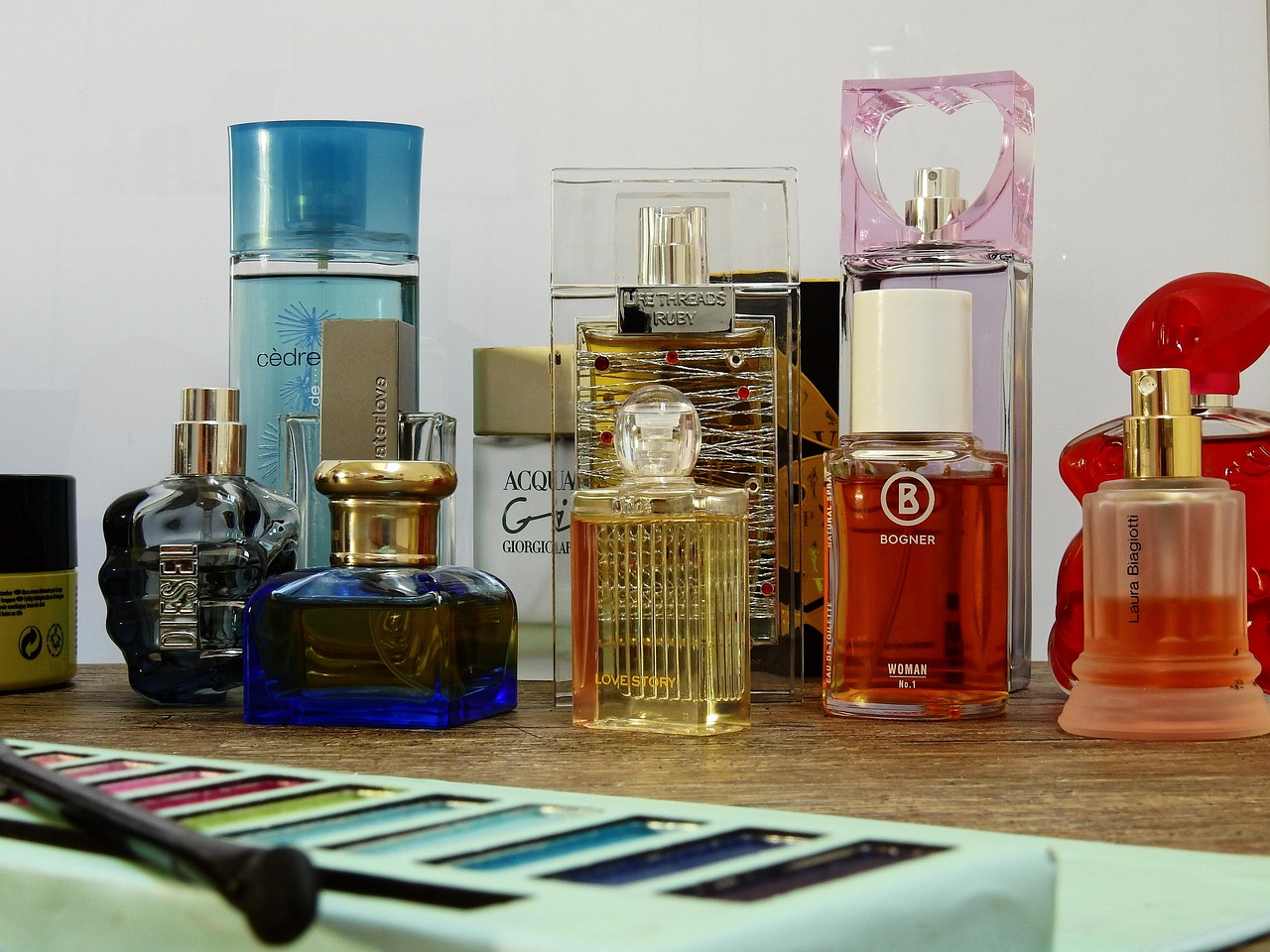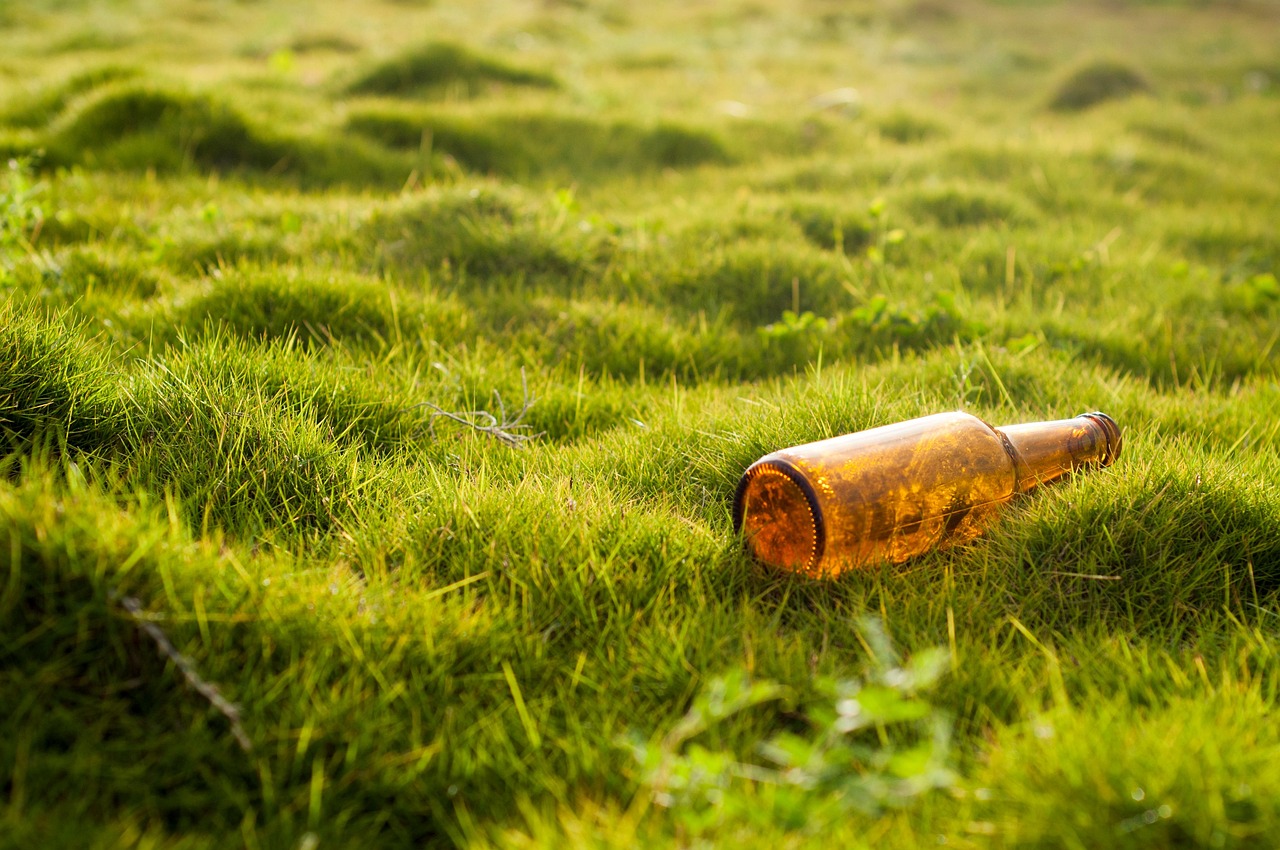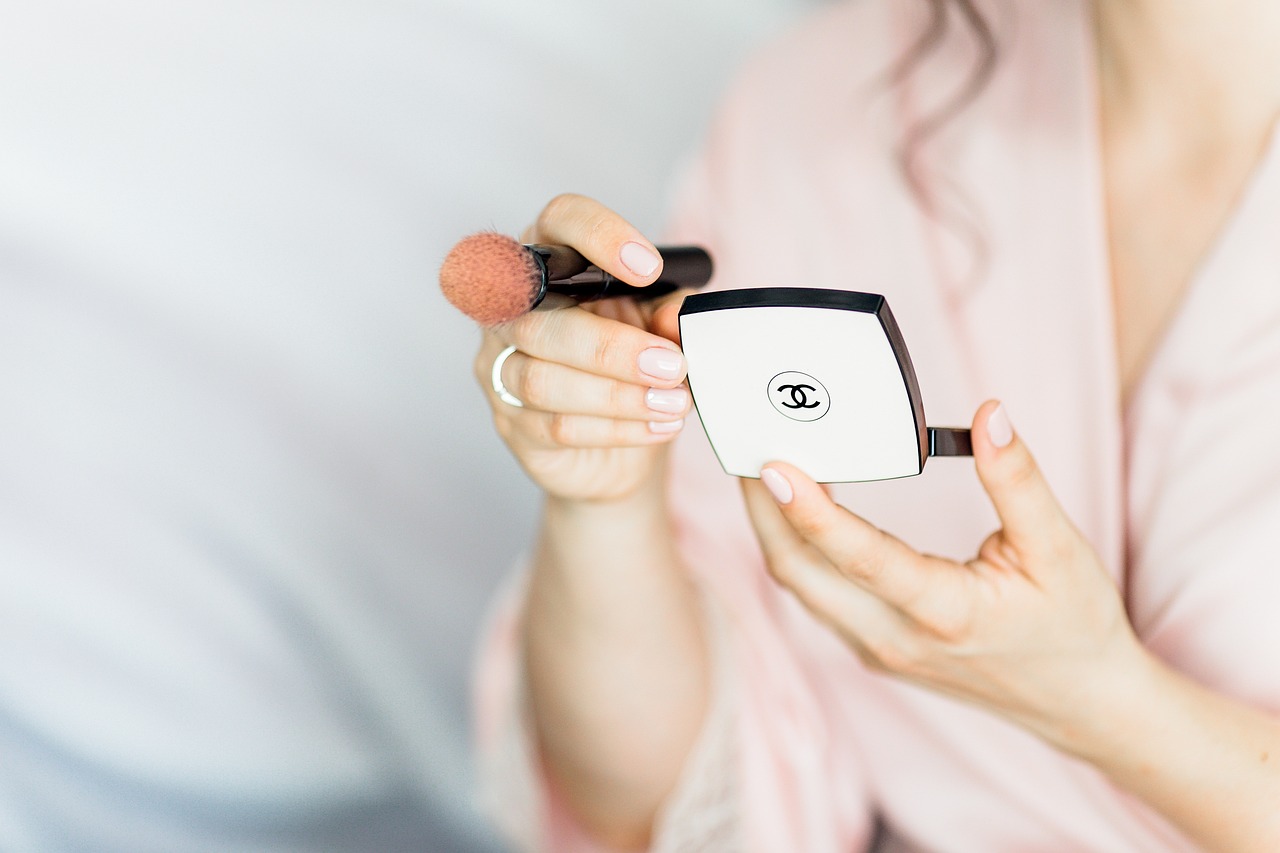Pruning a Bottle Brush Tree is essential for promoting vibrant and healthy growth. Regular pruning encourages bushier growth, increases flowering, and helps maintain the tree’s shape. Proper techniques ensure the tree remains strong and resistant to disease.
The Bottle Brush Tree, known scientifically as Callistemon, is a stunning addition to many gardens. This evergreen tree is recognized for its unique, bottle-brush shaped flowers that bloom in vibrant shades of red, pink, and yellow. Native to Australia, these trees thrive in various climates and are relatively low-maintenance, making them popular among homeowners and landscapers alike. However, like any plant, Bottle Brush Trees require proper care to flourish.

One of the most important aspects of maintaining a Bottle Brush Tree is pruning. Pruning promotes not only a healthier tree but also encourages more prolific blooming. Without regular trimming, the tree can become overgrown and sparse in flowering. Understanding when and how to prune is crucial for achieving the best results.
Understanding the Need for Pruning
Pruning serves multiple purposes for the Bottle Brush Tree. It helps to:
- Encourage new growth
- Enhance flowering
- Remove dead or diseased branches
- Shape the tree for aesthetic appeal
Properly executed pruning allows sunlight and air to reach the inner parts of the tree, which is essential for healthy growth. Additionally, it helps prevent the development of pests and diseases that can thrive in dense foliage.

To understand the importance of pruning, it helps to consider some key facts about the Bottle Brush Tree:
| Characteristic | Description |
|---|---|
| Height | Typically ranges from 10 to 15 feet |
| Flowering Season | Usually blooms in late spring through summer |
| Soil Preference | Well-drained soil with moderate fertility |
| Sunlight Requirement | Full sun for optimal growth |
When to Prune Your Bottle Brush Tree
The timing of pruning is crucial for achieving optimal results. The best time to prune a Bottle Brush Tree is just after it finishes blooming, typically in late summer or early fall. This schedule allows the tree to recover and produce new growth before the colder months arrive.
Pruning too late in the season, especially as winter approaches, can harm the tree. It may not have sufficient time to heal from cuts before facing cold temperatures. Conversely, pruning too early can result in fewer flowers the following season, as you may remove flower buds that were set prior to trimming.

Techniques for Effective Pruning
When it comes to pruning techniques, several strategies can be employed to ensure the health and beauty of your Bottle Brush Tree:
- Use clean, sharp tools: Always use sanitized pruning shears or saws to prevent spreading disease.
- Remove dead or diseased branches: Start by cutting away any branches that show signs of damage or disease.
- Thin out crowded areas: Carefully remove some of the inner growth to allow sunlight and air to reach all parts of the tree.
- Cut back long branches: Trim long branches to shape the tree and encourage denser growth.
It is also beneficial to step back and assess the overall shape of the tree as you prune. Aim for a balanced and pleasing appearance. While pruning can seem daunting, regular maintenance will keep your Bottle Brush Tree healthy and vibrant.
In addition to pruning, care should be taken during the growing season. Regular watering and appropriate fertilization will complement pruning efforts, resulting in a more robust tree. Keep an eye out for pests or diseases that may develop between pruning sessions.

A well-pruned Bottle Brush Tree not only flourishes but also adds significant beauty to any landscape. By understanding the proper techniques and timing for pruning, you can ensure your tree remains healthy and continues to produce its stunning flowers year after year.
Common Challenges in Pruning Bottle Brush Trees
While pruning is essential for maintaining the health of Bottle Brush Trees, several challenges may arise during the process. Being aware of these challenges can help you prepare and tackle them effectively. Below are some common issues that gardeners might face:
- Overpruning: Removing too many branches can hinder the tree’s growth. It’s important to prune selectively.
- Improper Timing: Pruning at the wrong time can lead to reduced flowering. Always aim to prune after the blooming season.
- Pest Infestation: Pests, such as aphids or scale insects, can damage the tree. Regular checks should be made to identify any infestations early.
- Weather Conditions: Extreme weather can affect the tree’s recovery after pruning. Avoid pruning during severe heat or cold.
Understanding these challenges can help you approach pruning with confidence and ensure the longevity of your Bottle Brush Tree.
Signs That Your Bottle Brush Tree Needs Pruning
Recognizing the signs that your Bottle Brush Tree needs pruning is vital for maintaining its health. Here are some indicators that it may be time to grab your pruning shears:
- Reduced Flowering: If you notice a decline in blooms, it may signal that the tree is overgrown or unhealthy.
- Dead or Dying Branches: Branches that are brown, brittle, or lifeless should be removed promptly.
- Crowded Foliage: If branches are crossing or crowding each other, thinning them out will improve air circulation.
- Diseased Areas: Any signs of disease, such as discoloration or fungus, require immediate attention to prevent spreading.
Identifying these signs early can help you maintain a vibrant and healthy tree, ensuring it continues to thrive in your garden.
Tools Required for Pruning
Having the right tools is essential for effective pruning. The following tools are recommended for maintaining your Bottle Brush Tree:
| Tool | Description |
|---|---|
| Pruning Shears | Ideal for cutting small to medium branches with precision. |
| Loppers | Used for cutting thicker branches that cannot be handled with shears. |
| Saw | A small pruning saw is useful for larger branches requiring more force. |
| Gloves | Protect your hands from thorns and sharp edges while working. |
| Ladder | If the tree is tall, a sturdy ladder may be necessary for reaching higher branches safely. |
Using high-quality tools not only makes the job easier but also minimizes damage to the tree. Always ensure your tools are clean and sharp before starting the pruning process.
Post-Pruning Care for Bottle Brush Trees
After pruning your Bottle Brush Tree, it’s important to provide proper care to support its recovery and growth. Here are some tips for post-pruning care:
- Watering: Ensure adequate watering after pruning, especially during dry spells. This helps the tree recover quickly.
- Fertilization: Apply a balanced fertilizer in early spring to encourage new growth following pruning.
- Pest Monitoring: Keep an eye out for pests and diseases after pruning, as the tree may be more vulnerable during recovery.
- Avoid Heavy Traffic: Limit foot traffic around the tree to prevent stress on newly cut areas.
By taking these steps, you can help your Bottle Brush Tree bounce back from pruning and ensure it continues to thrive in your garden.
Enhancing Growth with Fertilizers and Soil Amendments
The right care extends beyond just pruning. Fertilizers and soil amendments play a crucial role in enhancing the growth of your Bottle Brush Tree. Here’s what you need to know:
Bottle Brush Trees thrive in well-drained soil that is slightly acidic to neutral. Consider testing your soil pH to ensure it meets these requirements. If amendments are needed, consider adding:
- Pine Bark Mulch: Helps acidify the soil and retain moisture.
- Organic Compost: Improves soil structure and provides essential nutrients.
- Slow-Release Fertilizers: Choose a fertilizer formulated for flowering plants to promote blooming.
The application of these materials should be done during the growing season, typically in spring, allowing your Bottle Brush Tree to absorb nutrients as it prepares for new growth and blooms.
By understanding the necessary care components, including proper pruning techniques, post-pruning care, and soil management, you can cultivate a thriving Bottle Brush Tree that enhances your landscape with its unique beauty.
Understanding the Growth Habit of Bottle Brush Trees
To effectively prune a Bottle Brush Tree, it is essential to understand its growth habit. Bottle Brush Trees can grow upright or spread out, depending on the species and growing conditions. Being aware of their natural growth patterns can help you determine the best pruning strategies.
These trees typically have a dense, bushy appearance with long, narrow leaves. The flowers emerge in clusters, resembling bottle brushes, which is where they get their common name. Proper pruning encourages a fuller shape and more abundant flowering.
Pruning Techniques for Different Growth Stages
Different stages of growth require different pruning techniques. Understanding how to approach each stage can significantly impact the health and appearance of your Bottle Brush Tree. Below are recommended techniques based on the growth stage:
Young Trees
For young Bottle Brush Trees, pruning focuses on establishing a strong structure. Here’s how to prune young trees:
- Encourage a Central Leader: Select a strong central stem to promote upward growth.
- Remove Competing Branches: Trim back any branches that compete with the central leader to maintain a single dominant trunk.
- Shape the Canopy: Lightly prune to shape the canopy as the tree grows, ensuring an open structure for air and light penetration.
Mature Trees
Mature Bottle Brush Trees require maintenance pruning to keep them healthy and promote flowering. Here are some techniques suitable for mature trees:
- Thinning Cuts: Remove old, woody branches to allow sunlight and air to reach the inner foliage. This encourages new growth.
- Heading Cuts: Trim back longer branches to promote denser foliage and enhance flower production.
- Remove Suckers: Cut away any suckers or water sprouts that appear at the base of the tree or along the trunk.
By applying these techniques appropriately, you can ensure your Bottle Brush Tree remains vibrant and healthy throughout its life cycle.
Seasonal Considerations for Pruning
The seasons play a significant role in successful pruning. Understanding how to align your pruning practices with seasonal changes can enhance results. Here are some seasonal considerations:
Spring
Spring is generally a time of active growth for Bottle Brush Trees. As they start to leaf out, consider the following:
- Monitor Growth: Observe the new growth and identify any branches that may need thinning or shaping.
- Light Pruning: If necessary, perform light pruning to shape the tree without removing too much growth.
Summer
During summer, flowering occurs. It’s best to avoid heavy pruning at this time to preserve blossoms. Instead:
- Deadheading: Remove spent flowers to encourage further blooming and prevent seed formation.
- Pest Control: Keep an eye out for pests that may thrive during warmer months.
Fall
As blooming ends, fall becomes an appropriate time for more extensive pruning:
- Structural Pruning: Remove any dead or diseased branches while shaping the tree for winter.
- Prepare for Winter: Ensure the tree is healthy and resilient before colder weather sets in.
Winter
Winter is generally not recommended for major pruning due to dormancy. However, if necessary:
- Avoid Heavy Cuts: Limit pruning to minor maintenance work only.
- Check for Damage: Inspect the tree for any winter damage or vulnerabilities that need addressing come spring.
Pest and Disease Management During Pruning
Pests and diseases can pose significant threats to the health of your Bottle Brush Tree. Effective management during pruning can prevent infestations and ensure robust growth. Here are some common pests and diseases to watch for:
| Pest/Disease | Description | Treatment |
|---|---|---|
| Aphids | Small green insects that suck sap from leaves, causing curling and discoloration. | Use insecticidal soap or neem oil to control populations. |
| Scale Insects | Tiny pests that attach themselves to stems and leaves, leading to yellowing. | Remove by hand or treat with horticultural oil. |
| Root Rot | A fungal disease caused by overwatering, leading to wilting and yellowing leaves. | Avoid overwatering and improve drainage. Remove affected roots. |
| Leaf Spot | Disease causing dark spots on leaves, often leading to leaf drop. | Treat with fungicides and improve air circulation around the plant. |
Regular monitoring for these pests and diseases will help you take preventive measures early on. During pruning, inspect for signs of issues so you can address them promptly.
A proactive approach to pest and disease management ensures that your Bottle Brush Tree remains healthy and continues to flourish in your landscape. By combining effective pruning practices with seasonal care and vigilant monitoring, you will nurture a beautiful tree that enhances your outdoor space.
Maintaining the health and vibrancy of your Bottle Brush Tree involves more than just occasional pruning. It requires a holistic approach that encompasses understanding the tree’s needs, monitoring its growth, and addressing any challenges that may arise. In addition to pruning, factors such as soil quality, watering practices, and overall care significantly influence the health of your tree.
One often-overlooked aspect of tree care is the impact of environmental conditions on growth. Bottle Brush Trees thrive in full sun and well-drained soils, and understanding how to create optimal conditions can enhance their performance. Here are some additional considerations to keep in mind:
Enhancing Growth Through Environmental Management
Creating an environment conducive to growth is critical for the success of your Bottle Brush Tree. The following factors should be considered:
- Soil Drainage: Ensure proper drainage to prevent root rot. If your soil retains too much moisture, consider amending it with sand or organic matter to improve drainage.
- Sunlight Exposure: Position your tree in an area that receives full sunlight for at least six hours a day to promote healthy growth and flowering.
- Mulching: Apply a layer of organic mulch around the base of the tree. This helps retain moisture, reduces weed competition, and regulates soil temperature.
- Temperature Fluctuations: Protect young trees from extreme temperature changes. Using burlap or plant covers can safeguard them during unexpected cold snaps.
By focusing on these environmental factors, you can create a thriving habitat for your Bottle Brush Tree, leading to healthier growth and more vibrant blooms.
Engaging with Professional Help
While many homeowners can successfully manage their Bottle Brush Trees, there may be times when professional help is warranted. If you encounter extensive pest problems that are difficult to manage or if your tree shows signs of severe disease, consulting with an arborist or professional landscaper can provide valuable insights. They can assess your tree’s condition and recommend appropriate actions tailored specifically to your situation.
Furthermore, professionals can assist with larger-scale pruning tasks that may require specialized tools or techniques. They can also provide ongoing maintenance plans to ensure the long-term health of your tree.
Final Thoughts
In summary, pruning is a vital part of maintaining the health and beauty of your Bottle Brush Tree. Understanding the right techniques, timing, and care practices will allow you to cultivate a flourishing specimen in your garden. Key takeaways for successful Bottle Brush Tree care include:
- Regular monitoring for pests and diseases ensures early intervention and helps maintain tree health.
- Proper pruning techniques tailored to different growth stages promote strong structure and abundant blooms.
- The right environmental conditions, including soil quality and sunlight exposure, greatly enhance growth potential.
- Professional assistance can be beneficial for complex issues or extensive maintenance needs.
By integrating these strategies into your gardening routine, you will enhance the aesthetic appeal of your landscape while providing a healthy environment for your Bottle Brush Tree to thrive. Remember that patience and consistent care will yield the best results, allowing you to enjoy the vibrant beauty of this unique tree season after season.
As you embark on your journey of nurturing your Bottle Brush Tree, embrace the process of learning and adapting to its specific needs. Each tree is unique, and with time, you will become more attuned to how yours responds to care efforts. Celebrate the successes along the way, and look forward to watching your Bottle Brush Tree flourish in all its glory.
